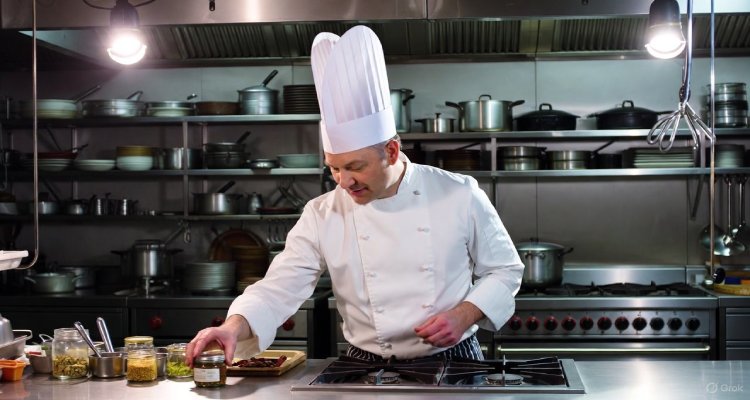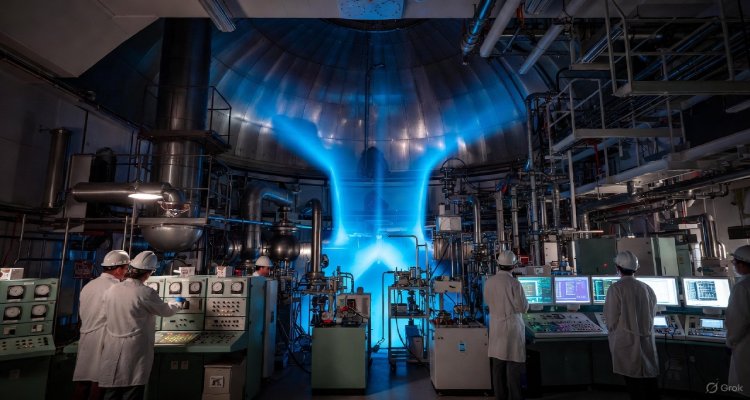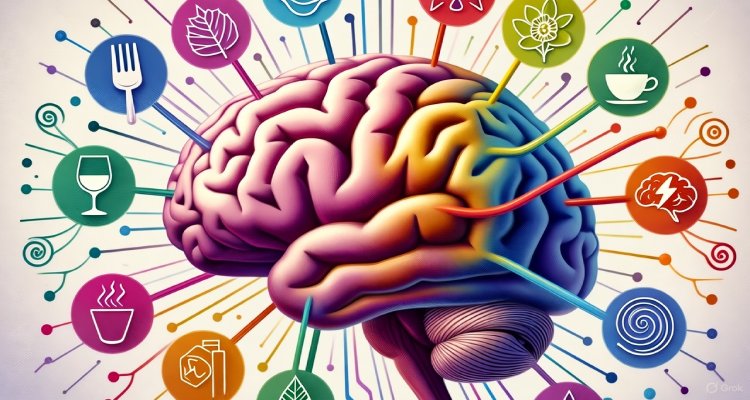Article Title: The Science of Taste Memory: Why We Crave the Impossible
Why do we crave foods from our past or flavors we can’t find again? Explore the neuroscience of taste memory and the psychology behind impossible cravings.
Introduction: The Flavor We Can’t Forget
It begins with a sensation — the brief spark of sweetness, warmth, or spice that sends the brain tumbling into memory. A childhood summer mango, a grandmother’s curry, or a perfectly baked loaf once tasted but never replicated. These are not just flavors; they are emotional experiences encoded in the deepest layers of our brain. Scientists call it taste memory, a remarkable intersection of sensory biology, emotion, and time that explains why we crave what sometimes no longer exists.
Context & Background: The Neural Code of Flavor
Taste, as it turns out, isn’t just a function of the tongue. It’s an orchestral symphony led by the gustatory cortex, olfactory bulb, and hippocampus — the brain’s memory center. Each flavor we experience is cataloged not as a single taste but as a multi-sensory event: the aroma, the texture, the company, even the ambient temperature contribute to how a taste is encoded and recalled.
Research at the Monell Chemical Senses Center has shown that olfaction (smell) plays a dominant role in constructing taste memory. This is why losing the sense of smell — as seen during viral infections — often erases the joy of eating entirely. Meanwhile, the amygdala, responsible for emotion, links flavor directly to feelings, which is why comfort food so powerfully transports us back in time.
In essence, every bite is both a biological event and a coded emotional message. When those signals are strong, they carve deep neural traces — making them almost impossible to forget.
Main Developments: Cravings and the Myth of the “Perfect Taste”
Modern neuroscience now suggests that taste memory operates similarly to addiction pathways. When we recall an extraordinary meal or lost flavor, it activates dopaminergic circuits — neurons tied to pleasure and reward. The more nostalgic or emotionally charged the food experience, the stronger the neural craving becomes.
This helps explain why brands and chefs spend decades attempting to recreate “impossible flavors” — such as the taste of fresh fruit from a home country or a discontinued candy from childhood. Food technologists use flavor reconstruction, applying chemical analysis to mimic scent molecules that trigger memory responses. Yet even with artificial intelligence-guided flavor mapping, satisfaction often evades us.
The reason is psychological: context cannot be manufactured. The mango from a beachside childhood isn’t just about fruit — it’s about heat, laughter, and a simpler moment in time. Replicating the molecule doesn’t reconstruct the memory.
Expert Insight: What Scientists and Psychologists Say
Dr. Laura O’Neill, a neurogastronomy researcher at the University of Kentucky, calls taste “the most emotional of all senses.” In her words, “Smell and flavor bypass rational thought — they go straight to the limbic system. That’s why no matter how advanced synthetic flavoring gets, it will never outpace nostalgia.”
Meanwhile, food psychologist Dr. Michael Dalton suggests that “craving the impossible” is a natural mental mechanism to preserve emotional continuity. “When people migrate or lose access to certain cultural foods,” he explains, “the brain clings to those taste memories to reinforce identity.”
Public sentiment reflects this finding too. On social media, millions of posts recall lost flavors — discontinued chips, vintage sodas, or grandmother’s recipes. These digital expressions of taste nostalgia reveal how modern life — dominated by artificial and fast-evolving food products — leaves many of us in pursuit of sensory ghosts.
Impact & Implications: Where Science Meets Emotion
The science of taste memory is reshaping multiple industries.
-
Food Technology: AI flavor reconstruction and molecular gastronomy are pushing boundaries to replicate or enhance nostalgic tastes.
-
Health & Wellness: Psychologists now incorporate sensory memory therapy to support patients with appetite loss, trauma, or eating disorders.
-
Cultural Heritage: Culinary anthropologists document traditional recipes not only for preservation but for emotional and communal resilience.
At the same time, this emerging understanding reveals a paradox: while science can map flavor molecules, it cannot recreate memory’s emotional depth. The result is a perpetual human craving for what once was — and perhaps what cannot be again.
Conclusion: The Taste That Time Never Erases
Taste memory defies the limits of chemistry and time. It reminds us that flavor isn’t just about sustenance — it’s storytelling through the senses. Every craving for a lost dish or forgotten aroma is a form of remembering, a sensory echo of who we once were and where we came from.
As science decodes the neural dance behind flavor and feeling, one truth endures: the most unforgettable tastes live not on the tongue but in the heart.
Disclaimer :This article is for educational and informational purposes only. It does not substitute professional medical or psychological advice.











